What Are the Trace Minerals | Benefits of Trace Minerals
What are the trace minerals? Diamond, gold, and platinum may be the most expensive minerals on earth. But macrominerals and trace minerals are the most precious elements for your health.
You need these two types of minerals so your body can function properly. Both have equal importance, but you only need a smaller quantity of trace minerals compared with macro.
RELATED: What is Selenium? | Amazing Selenium Benefits
What Are the Trace Minerals? | Their Functions, Importance, and Food Sources
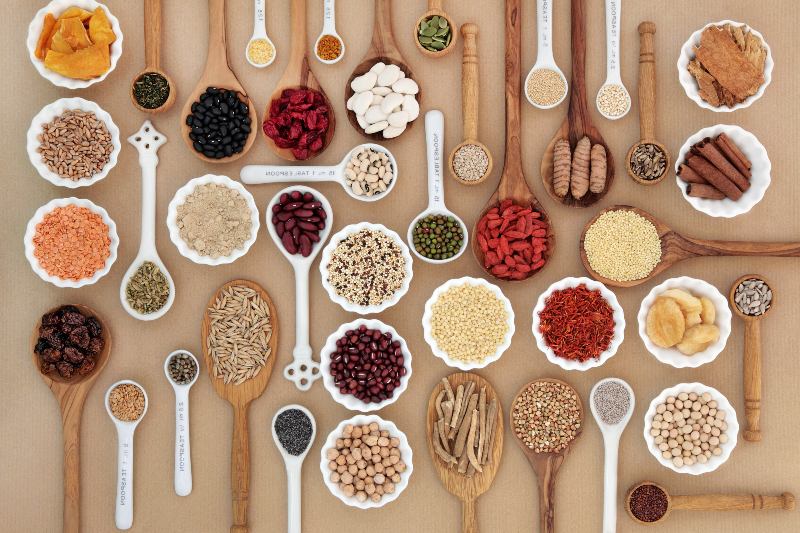
What Are the Trace Minerals?
Trace minerals are also known as microminerals. Their primary function is to stimulate your enzyme systems. They also play a part in metabolism and oxygen transport throughout your body.
However, they're different from macrominerals like magnesium, potassium, and calcium.
Your body needs large amounts of macrominerals, but only tiny doses of trace minerals.
You need around .2 to 15 milligrams of trace minerals per day. But even though these are consumed in small amounts, they're still vital for your health.
Here's the list of trace minerals, including their benefits and food sources.
1. Chromium
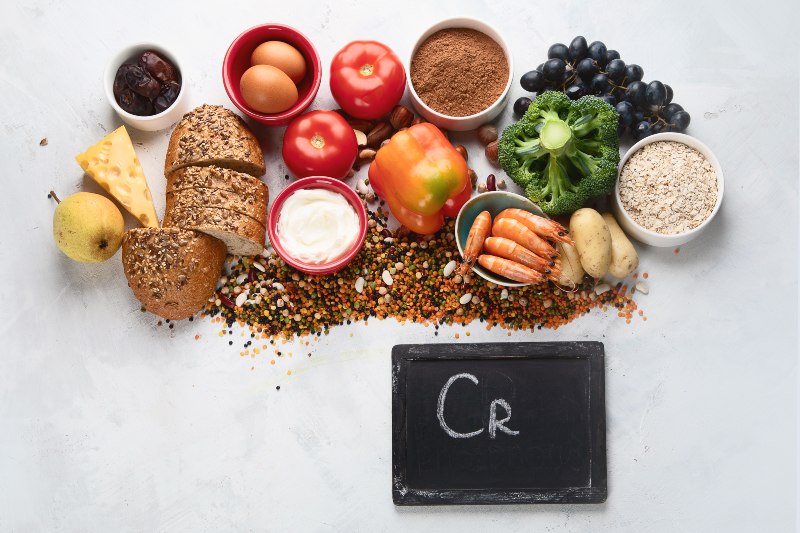
Chromium works with your insulin in keeping your blood sugar levels normal. This trace mineral is also necessary for carbohydrate metabolism or the supply of energy to your cells.
The safe level of chromium for infants and children is 10-120 micrograms. Meanwhile, the sufficient level for adolescents and adults is 50-200 micrograms.
Some of the richest sources of chromium are:
- Cheese
- Whole-grain products
- Nuts
- Liver
- Coffee
- Meats
- Broccoli
- Green beans
- Egg yolks
Pro Tip: Avoid unrefined products. Chromium content in foods tends to lessen with processing.
2. Cobalt

Cobalt is part of vitamin B12. This trace element maintains the health of your nervous system and ensures that your cells absorb iron.
Cobalt is also important for the production of your red blood cells. With this micromineral, you can prevent a type of blood disorder called pernicious anemia.
You can find cobalt in:
- Green vegetables
- Cereals
- Nuts
- Drinking water
- Fish
3. Copper
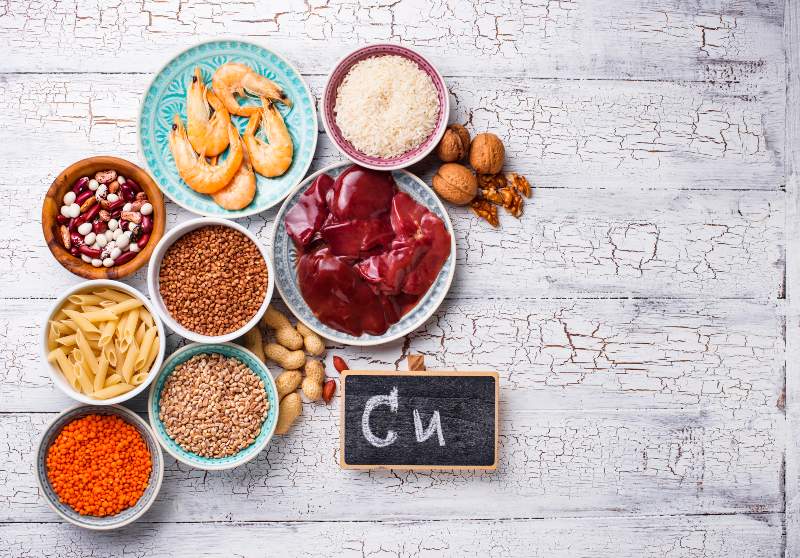
You can find copper in your surroundings, such as in pipes and wires.
But as a micronutrient, it plays a part in iron metabolism and energy production in your body. It also supports the formation of connective tissue and the development of your bones and cartilage.
The recommended dietary allowance of copper for adults is 900 micrograms per day. Remember that absorbing too much copper can lead to diarrhea and vomiting. It can also harm your kidneys and liver.
You can find this trace element in:
- Nuts
- Shellfish
- Whole grains
- Legumes
- Organ meats, such as liver
- Drinking water
- Bran
- Fruits
- Vegetables
4. Fluoride

Fluoride is known as the “nature's cavity fighter”. This is because fluoride strengthens your tooth enamel and helps you prevent tooth decay.
This trace mineral also aids in the formation and development of your bones.
Around 95% of the fluoride in your body is located in your teeth and bones. Sources of this trace mineral include:
- Fruit juices
- Tea
- Fish
- Fluoridated water
5. Iodine
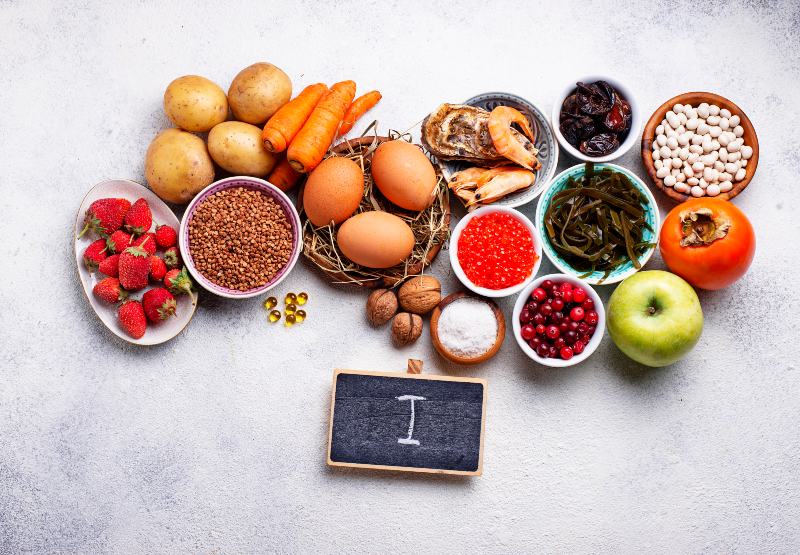
Iodine is a crucial component of your thyroid hormone. Your thyroid needs this trace mineral so it can function normally.
Fortunately, in the US, salt is fortified with iodine. This helps prevent the development of iodine deficiency.
Low levels of iodine can cause health problems, such as hypothyroidism, mental retardation, brain damage, and goiter.
Some natural sources of iodine include:
- Grains
- Seafood
- Eggs
- Dairy products
- Poultry
- Bread
RELATED: Best Vitamins to Keep a Full, Healthy Head of Hair
6. Iron
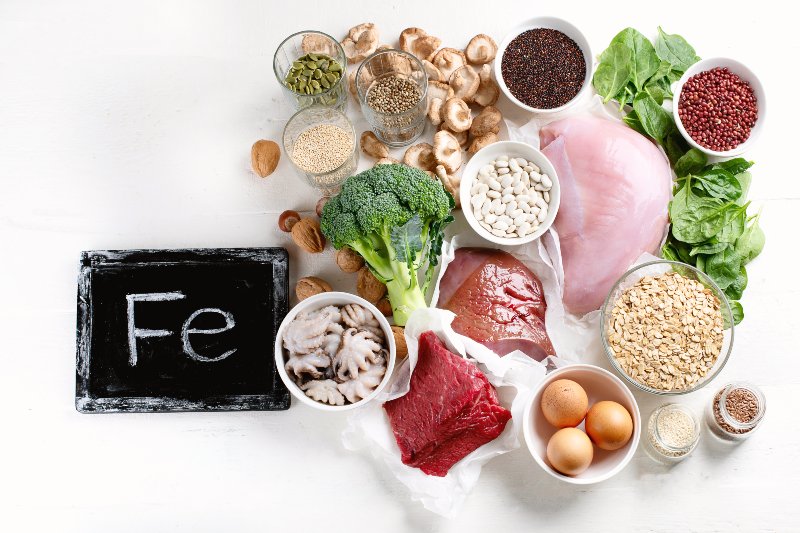
Iron is present in your red blood cells, particularly in your hemoglobin. It's essential for the transport of oxygen to your tissues.
It's also an integral part of enzymes and proteins in your body. Iron helps in the production of neurotransmitters, collagen, amino acids, and hormones.
However, when you have your period, you lose one milligram of iron per cycle. This means that women need higher iron consumption than men. To be specific, women need 18 milligrams of iron per day, while men need only 10 milligrams.
This trace mineral is also critical during stages of pregnancy and childhood.
You can find iron in:
- Fish
- Egg yolks
- Leafy vegetables, such as spinach
- Organ meats
- Poultry
- Legumes
- Red meats
- Shellfish, particularly clams
- Dried fruits
- Fortified bread and cereals
- Whole grains
- Nuts
- Beans
7. Manganese
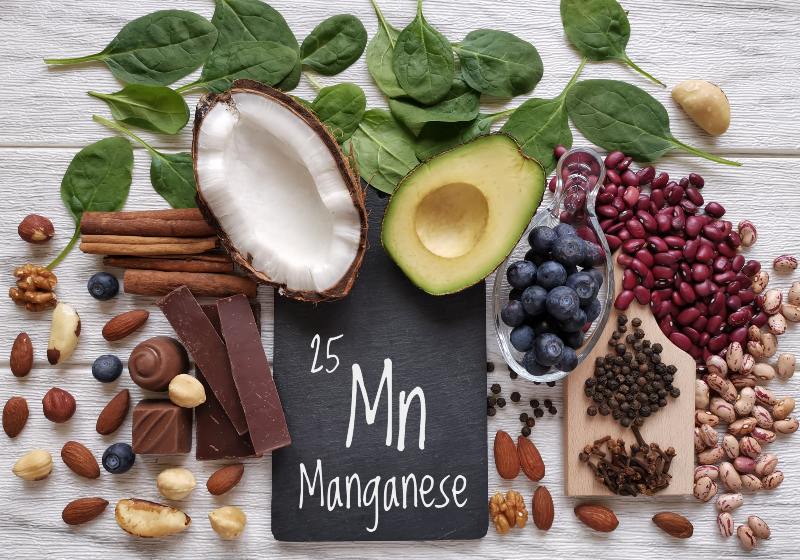
Manganese is a compound used in steel production and pesticides, as well as an additive in gasoline.
As a trace mineral, it serves as an antioxidant in your mitochondria. It also helps your enzymes when it comes to wound healing, bone development, and metabolism of carbs, amino acids, and cholesterol.
Adequate consumption of manganese is vital to prevent epilepsy, osteoporosis, and diabetes. Men need 2.1 to 2.3 milligrams of manganese per day, while women need 1.6 to 1.8 milligrams.
This trace mineral is widely spread in foods, such as:
- Beans
- Whole grains
- Tea
- Nuts
8. Molybdenum

Molybdenum stimulates the enzymes that are responsible for breaking down toxins in your body. This helps prevent the accumulation of harmful sulfites that can aggravate asthma.
The foods that are rich in molybdenum are the following:
- Leafy green vegetables
- Liver
- Milk
- Bread and grains
- Legumes
9. Selenium
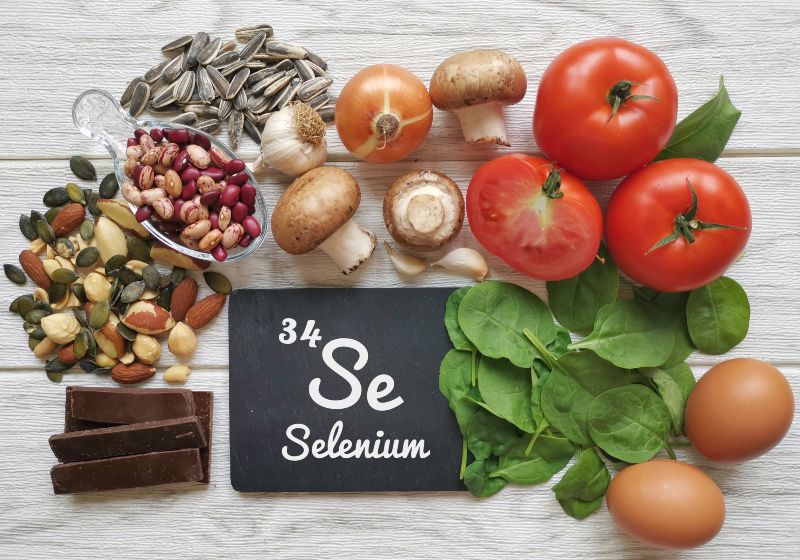
Commercially, selenium is used in the glass and electronics industry. It decolorizes glass and serves as a semiconductor.
For your health, selenium is an antioxidant that has several metabolic functions. It also provides protection against cell damage.
The foods that are filled with selenium are:
- Oysters
- Chicken
- Brazil nuts
- Pork
- Whole wheat bread
- Seafood, specifically tuna
- Beef
- Milk
- Cereals
- Kidney and liver meats
10. Zinc
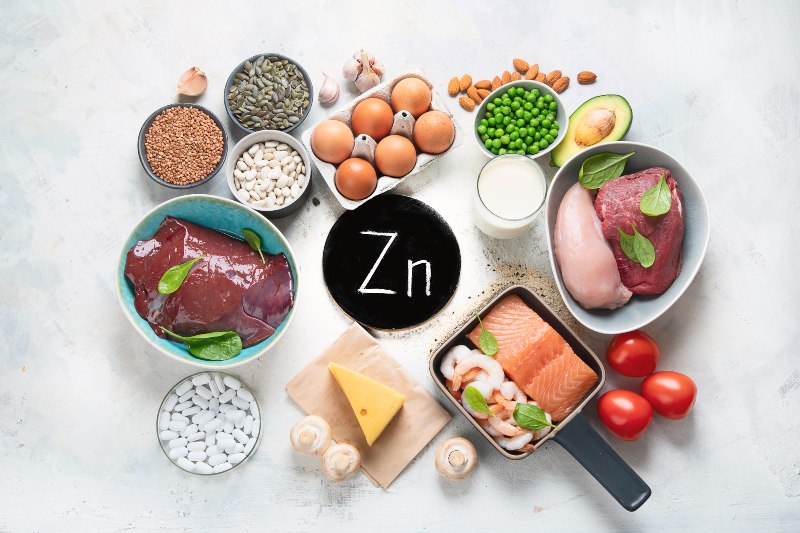
Like other trace minerals, zinc also has multiple roles in your body. It's engaged in:
- Growth and development of children
- Male fertility
- Cell metabolism
Additionally, your body needs zinc to make DNA and protein. It also boosts your immune system and improves your taste perception.
You can find zinc in the following foods:
- Poultry
- Red meats
- Whole-grain cereals
- Fish
- Vegetables
- Nuts
- Shellfish, particularly oysters
- Legumes
- Milk
- Hard cheese
- Eggs
- Yogurt
Check out this video by Dr. Eric Berg DC as he explains the benefit of trace minerals when it comes to virus remission:
Trace minerals optimize various bodily processes, including hormone production and bone-building. You may get the number of trace minerals your body needs by consuming the foods listed above. But if you have deficiencies, you may have to take trace minerals drops or trace mineral supplements.
However, keep in mind that overloading minerals can harm you. Consult your doctor to formulate a diet and supplements that can support your mineral needs.
Do you know of any other good sources of trace minerals? Please share your thoughts with us in the comment section below!
Up Next:
- Best Vitamins for Men in Over 40
- Why Good Nutrition and Physical Fitness Is Vital to Good Health?
- Testicular Cancer Survivor, Matt Ode, Shares His Story of Hope, Purpose, and “Winning the Day” [PODCAST]
If you’ve got the gift of keeping healthy and sharing this knowledge through writing, click here if you want to write for us.
Please stay connected with us on Facebook, Twitter, Instagram, and Pinterest, and make sure to join our community of healthy living and minded people here.
Trending
Tongue Color | 7 Scary Tongue Color Meanings
Lecithin Benefits and Side Effects: 10 Surprising Truths
Get Updates
SIGN UP FOR OUR NEWSLETTER TODAY

Best Multivitamin for Men | Top 10 Best Multivitamins for Men 2022

Tongue Color | 7 Scary Tongue Color Meanings

Lecithin Benefits and Side Effects: 10 Surprising Truths
Related

Best Multivitamin for Men | Top 10 Best Multivitamins for Men 2022
